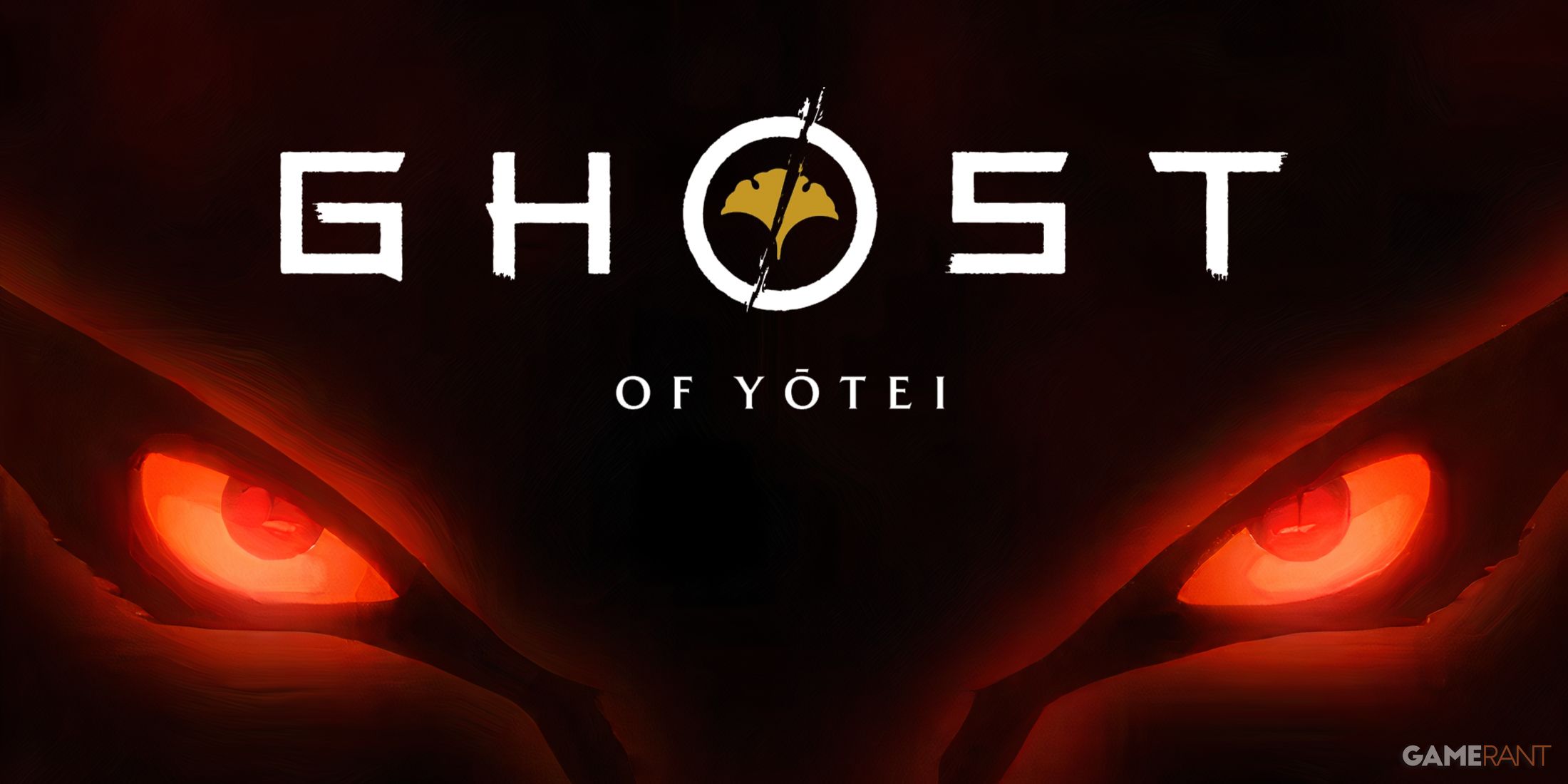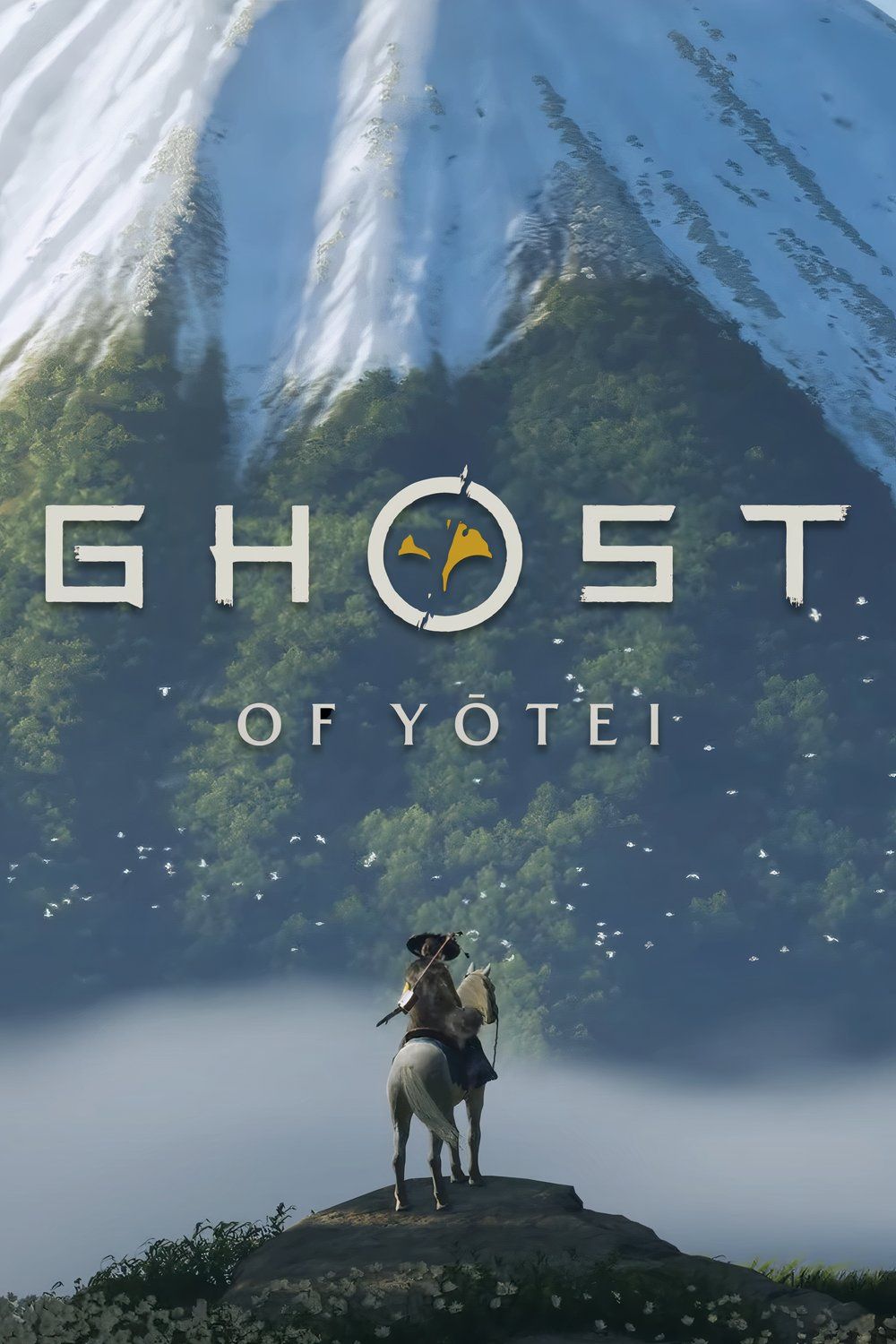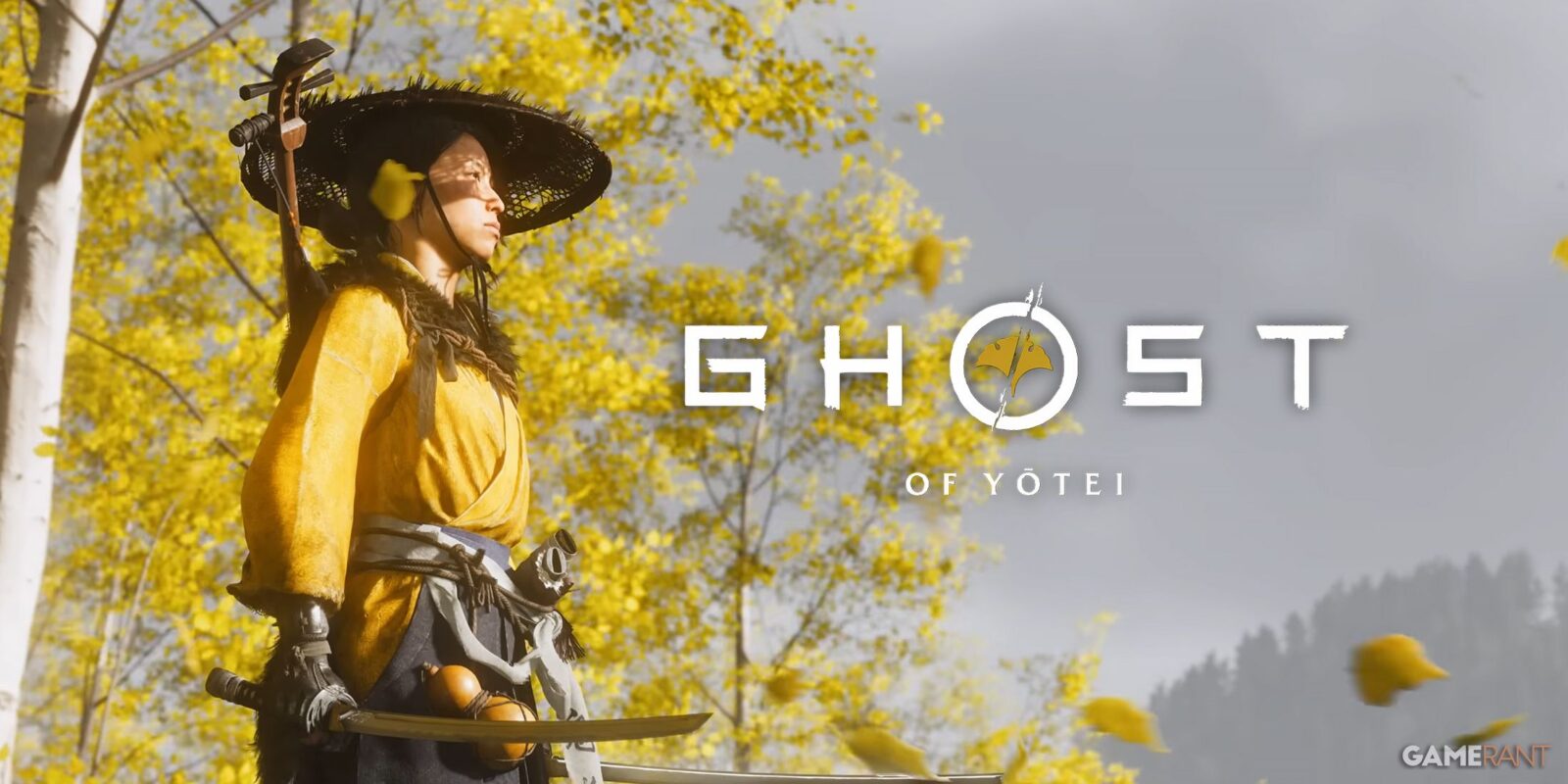Summary
- Omamori could be used in Ghost of Yotei as collectibles with historical accuracy.
- These Japanese amulets may enhance gameplay by offering unique benefits to players.
- Incorporating omamori could deepen exploration and immersion in Japanese culture.
In its sprawling and captivating open world, Ghost of Tsushima includes plenty of collectibles for players to find. From Vanity Gear and Mongol Artifacts to Sashimono Banners and Singing Crickets, there are countless precious items for players to collect as they explore Tsushima Island, some of which help flesh out the game’s world and others that offer unique gameplay benefits. As such, it can only be assumed that Ghost of Yotei will approach its open world in the same way and offer numerous collectibles for players to discover, although Sucker Punch has confirmed that the next game in the series will refine Ghost of Tsushima‘s open world.
While it may be safe to assume that Ghost of Yotei will give players plenty of worthwhile collectibles to gather, it’s currently unclear what those collectibles might be and whether certain collectible traditions, like Singing Crickets, will still be present in the next installment. However, in its presumed efforts to be historically accurate in the best ways, Ghost of Yotei‘s collectibles could draw inspiration from a real-life Japanese tradition — Omamori.

Related
Ghost of Yotei Could Show a Different Side of an Iconic Animal
It might be a long shot, but Ghost of Yotei could show an entirely different side of one of Ghost of Tsushima’s most iconic and peaceful creatures.
Ghost of Yotei Could Feature Omamori as Collectibles
Omamori Are Traditional Japanese Amulets Said to Bring Good Fortune
“Omamori,” meaning “amulet” or “good luck charm,” are traditional Japanese amulets believed to offer protection and bring good fortune, and they have been around for thousands of years. Their origins can be traced back to ancient Japan, with early forms like magatama being used as protective talismans during the Jomon period (14,000 – 300 BCE). As Buddhism began to spread in the 6th century, the practice of carrying such amulets rose in prominence, as temples began distributing these protective charms.
The term “omamori” itself wasn’t used in reference to these amulets until the Heian period (794–1185 AD), when the word began appearing in literature during that time.
Interestingly enough, omamori as they appear today — small pouches containing prayers and inscriptions — became popular during the Edo period in the 17th century, when Ghost of Yotei‘s story takes place. During the Edo period, Shinto and Buddhist practices began to fuse, which ultimately led to omamori being used as personal protective charms. Given the rise in popularity of omamori during the Edo period, it would only make sense for the item to find its way into Ghost of Yotei‘s open world as a collectible that can enhance both the aesthetics and mechanics of gameplay.
Ghost of Yotei’s Omamori Could Offer Unique Gameplay Benefits
Clearly, incorporating omamori into Ghost of Yotei, set in 1603 Ezo (modern-day Hokkaido), would be historically appropriate. Including omamori as collectibles would, first of all, be a unique way for players to liven up the appearance of Atsu’s wardrobe, weapons, and tools. Perhaps players could attach any omamori they find to the hilts of Atsu’s katanas as players can with Weapon Charms in Call of Duty: Black Ops 6. The amulets would be small, but given the bright and vibrant color often applied to traditional omamori, they might still be visible as Atsu swings her katanas at enemies.
Omamori would be an innovative way to offer players helpful gameplay bonuses as well. Certain omamori could provide players with in-game benefits, such as health restoration, increased luck, or protection against certain types of damage. Whether omamori were nothing more than cosmetic items or did indeed enhance Ghost of Yotei‘s gameplay experience, including omamori as a collectible in this manner would not only incentivize exploration but also immerse players further into Japanese culture. Finally, after the precedent set by the charm system in Ghost of Tsushima, it would make perfect sense for a similar mechanic to be implemented via omamori.

The sequel to Ghost of Tsushima, Sucker Punch’s Ghost of Yōtei is a PS5 exclusive scheduled to drop at some point in 2025. Taking place in 1603, the story will feature a new protagonist and a new Japanese region that is far removed from Tsushima’s setting.
- Released
-
2025-00-00
- Publisher(s)
-
Sony Interactive Entertainment












Leave a Reply